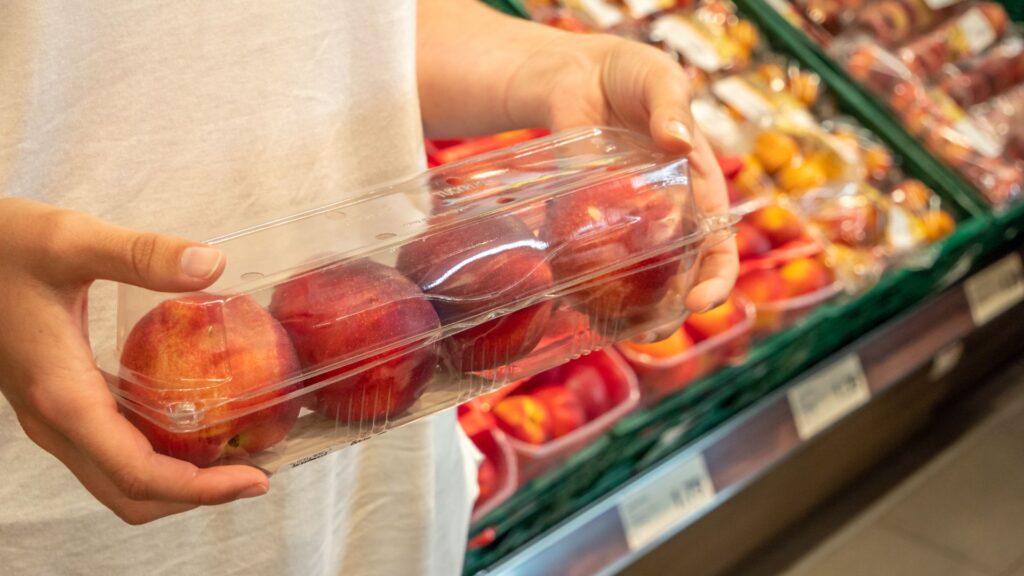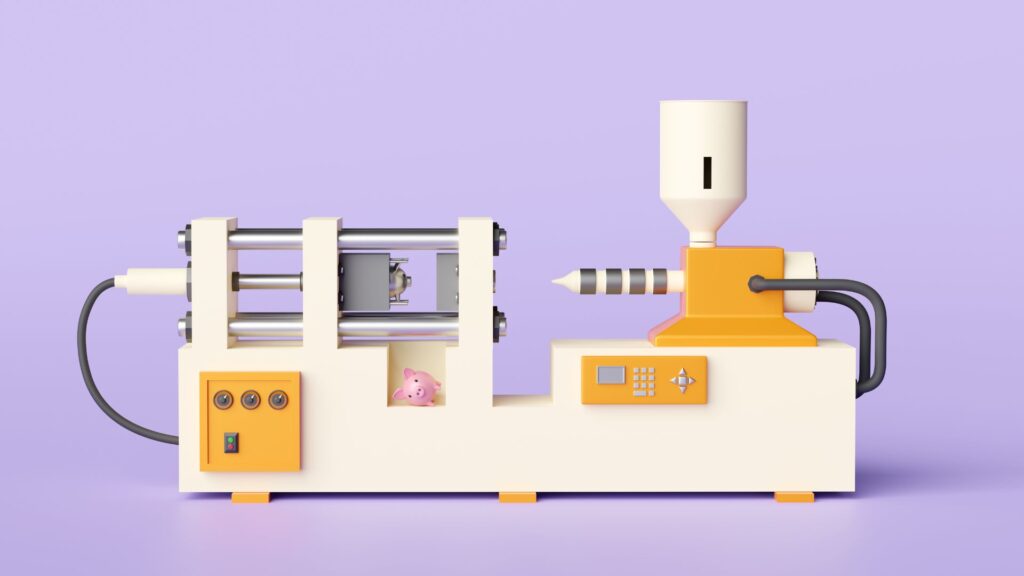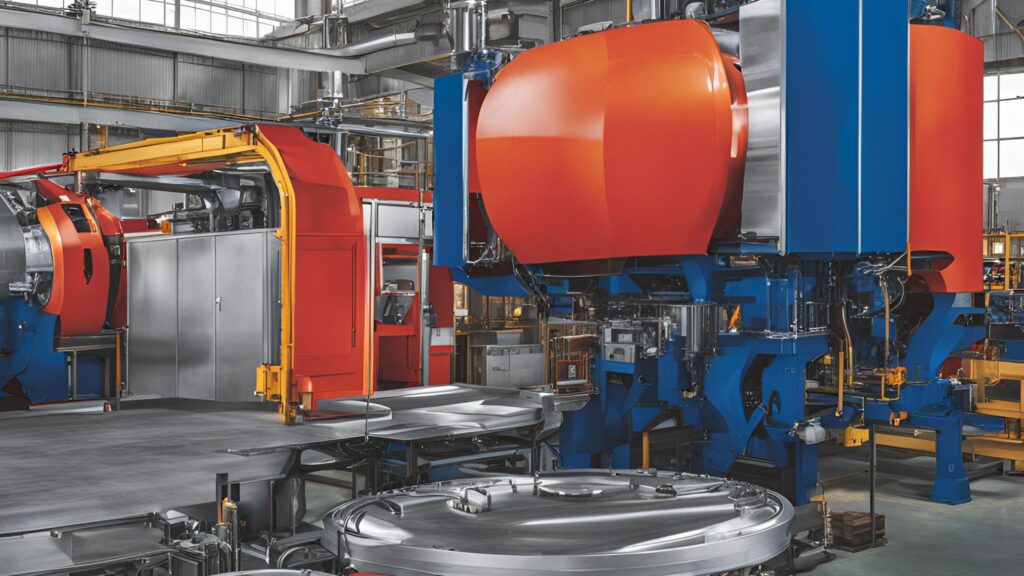
David Young, account manager for Lone Star Chemical, made himself available to his company’s marketing team recently for a Q&A on the work that Lone Star does for its customers, and the role of the sales team in servicing those customers.
A native of Texas, David was raised in San Angelo and he attended college at Texas A&M, later taking his degree at Angelo State University. He is a military veteran, having served in the U.S. Army as a forward observer for the artillery in Operation Desert Storm.
Interviewer: We know that prices for plastics can fluctuate. What have you seen happening over recent months?
David Young: Pricing in the last 18 months [this article is being posted in early 2022] has doubled for a lot of materials. Costs have increased for polymer materials coming from the plant, but also for freight, packaging, warehousing, and other things.
Interviewer: We hear a lot about “monomer.” It is monomer that drives the market cost for polypropylene, right?
David Young: Yes.The monomer price is what all of the other pricing is based off of. It’s gone up dramatically.
Interviewer: What other factors are driving prices?
David Young: One other thing is a lack of import material. Import material is in shorter supply right now. Import material [overseas or international material] helps keep the market honest. [By increasing the availability of product and thus making prices more competitive.] When Covid came, the import material got shut off completely. And so that allowed prices to rise, because the market was without any real outside competition.
Interviewer: So when you talk about import material you’re talking about the raw material, right? The pellets.
David Young: Yes. You could also call it finished material. There’ll be finished polypropylene and polyethylene that’ll come in from Asia. The majority of the polypropylene, polyethylene, and polystyrene is manufactured in the Houston area. In the United States, anyway. The vast majority of it. And so when you start trying to service the West Coast, if they can get some cheap import material coming in from Asia, that can affect prices. And the other thing is the plastic market uses export material to keep prices high here. So if they have a glut of material, they’ll export some of it to keep supply at a reasonable rate so that the prices don’t drop dramatically.
Photo Credit: Kit & Jesse Mullins
Interviewer: Can you speak to the topic of freight?
David Young: What I know about freight is that it’s gone up dramatically in the last several months. And what we’ve been told is that, for one thing, the federal government changed the rules on drivers over a year ago. And forced them to use computers to track all their movement and everything. So that they couldn’t bypass the system anymore. They used to use paper logs and they could manipulate the system on how many hours they were actually driving. They can’t do that anymore. A lot of people got out of that business. And then more recently it’s what we’re seeing across the country. It’s sheer lack of drivers, higher demand, and that just drives prices way up.
Our own freight’s been more expensive and our customers have had to deal with a lot of that, but freight companies have been treating us pretty well. We’ve got some that we work with that work really hard and treat us really well. And we’ve been fortunate not to have to tell any customer that we couldn’t get a material because of freight. It’s been more expensive, and our customers have had to absorb that cost, but we’ve got several companies that work really hard and do really good job for us. So, we’re very fortunate there.
Interviewer: That’s where having different connections really pays off, right?
David Young: Yes. And it’s also the length of time that Lone Star has been doing this. Not myself personally, but Lone Star. They’ve developed relationships over the years that are personal. And so that helps us in a lot of ways. What kind of makes us go is we answer the phone when you call and bust our butt to make it work. And our freight people do that for us, too, and that’s good.
Interviewer: And it seems like that’s really where you’re at. You’re at that level where customer service is what it’s all about, because the plants themselves are going to sell direct to only the giant users and you’re going to take everybody else.
David Young: Our customers are the people who don’t move the needle for the big producers of plastics. And so we buy large quantities and break it into smaller quantities and that’s just how we do business.
Interviewer: Tell me about extrusion. What’s the difference between injection molding and extrusion?
David Young: With extrusion, the polymer is pushed through a die. They push the melted plastic through a die. And you cool it, usually in a water bath. But as long as you’re pumping plastic into one end, you’re getting plastic out of the other end. They make soda straws using that process. We’ve got a soda straw customer that makes all the straws for 7-Eleven. That’s an extrusion process. Also, you see extrusion with your construction-type stuff, like all those PVC windows. They extrude all the frames for those and then cut them in the right sizes and build them. I’ve got another customer I’m talking to right now who is going to extrude culverts. Black plastic culverts.
Photo Credit: Kit & Jesse Mullins
Interviewer: How did the freeze of Texas—this was in February of 2021—how did it affect the market and production?
David Young: Well, the freeze came on in the midst of the Covid pandemic. So, initially, Covid brought a lot of plants down to about 60 percent of their capacity just because of shutdowns, demand, people, all those things. Those plants don’t like to operate at that [reduced] level. It’s not profitable for them to operate at 60 percent of their capacity. And just when they started to spool back up, just when they started to see a little bit of traction, we had the freeze. And the freeze shut them down to 0 percent. Then they had a lot of repair work to do and things like that.
So some of the plants were shut down for a couple of weeks. And a plant can operate at no higher than 100 percent of its capacity. So if you were operating at 100 percent and you shut down for three weeks, you can’t make that up. You can’t operate at 120 percent. You can only operate at 100 percent, and so this really threw them for a loop. And then we also had some hurricanes in 2021 that directly hit the polypropylene lines. So a lot of the polypropylene is produced right there between Houston and Louisiana, in that Beaumont area. And those hurricanes, if you remember, they missed New Orleans, they went west of New Orleans, but they hit those polypropylene plants directly.
And—not related to that, but—we had a couple of fires on plastic production lines that shut plastic production lines down. It was just, for lack of a better term, kind of the “perfect storm” of bad. And it’s taken them a while to start really recovering from that. Now a little more insight on that, especially where it comes to polyethylene, is that there are people building new polyethylene lines and they’ve been working on them for a couple of years. We’re expecting very soon to see a lot of polyethylene [capacity] available. Shell is building a massive plant in Pennsylvania. Because so much the natural gas is being produced in Pennsylvania. They’ve been working on it for years and they expect to have material by—well, they’re saying June—but it’ll probably be later than that. Just the same, this will be huge.
So we’re going to see supply increase dramatically over the next year to a year-and-a-half, which will help with pricing. But as for the freeze—the freeze shut them down. And it’s hard to recover.
Interviewer: With that increase in plant capacity, that would give every business like yours an opportunity to expand your business. When the raw materials get less expensive, all the manufacturers [injection molders, etc.] can make more money. They can get more product out there.
David Young: Sure. It’ll definitely drive a lot of competition. It could force the price down. It’ll be interesting to see how it affects us because [at the present time] we have a limited number of suppliers that we can get material from. When more material is being produced, we’re going to see more competition [between plastics producers seeking to move product] and that’s going to drive prices down. Resellers like ourselves are going to have to work harder, too. And that’s what’s going to happen.



